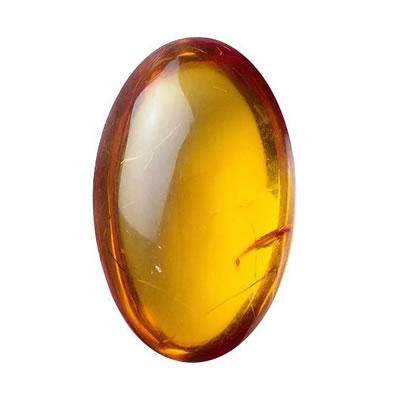Rose Quartz

quartz family
Rose Quartz jewelry
Etymology and history
The word "quartz" is derived from the German word "quarz", which was imported from Middle High German, "twarc", which originated in Slavic (cf. Czech tvrdy ("hard"), Polish twardy ("hard"), Russian твёрдый ("hard")), from Old Bulgarian (Church Slavonic) тврьдъ ("firm"). Quartz is attractive and durable, as well as inexpensive. The word ‘’rose’’ is add to the quartz, because of light pink rose color of stone.
Rose Quartz description
Rose quartz is a light pink to rose-red variety of common quartz. It can be transparent to translucent. It is usually found in massive form and less commonly found as crystals. The rose color has been attributed to microscopic inclusions of dumortierite and to titanium, iron or manganese impurities. It is considered a semi-precious stone and is often used in jewelry, carved into small sculptures or as a decorative stone in rough or polished form. Rose quartz is a good tumbling rough for beginners or experienced tumblers. It is usually a solid material without voids that accepts a very high polish. It has a hardness of seven and tumbles well with other quartz materials, agates and jaspers. It is widely sold as a tumbling rough.
Rose Quartz in jewelry
Rose Quartz is large crystal structure and has great refractive qualities. Many times a good cut rose quartz will have lots of fire or even a star effect. The higher the fire, the more valuable the gemstone is. Today, rose quartz is used to make an assorted variety of high quality jewelry. Usually from beautiful rings, earrings, bracelets, charms, brooches, etc can be found with attractive Rose Quartz.
Occurrence
Rose Quartz is one of the most common minerals on earth. Major producers of natural quartz crystals are the United States (particularly Arkansas) and Brazil. Natural quartz is rarely used as found in nature (especially in electrical applications), except as a gemstone
Talk to Our Jewelry Experts
Monday to Friday from 9AM to 5PM EST













